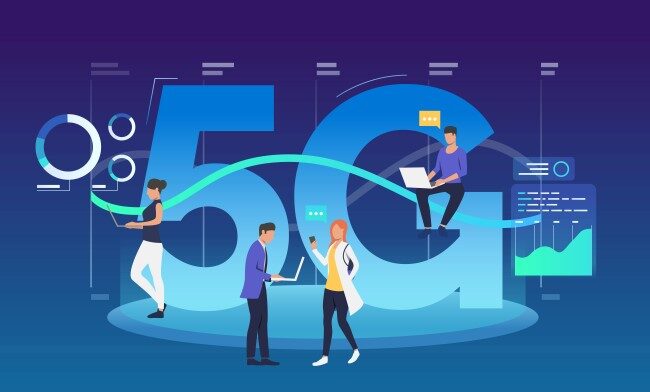The term Web 2.0 is denoting the second generation of the World Wide Web. Web 2.0 is characterized by greater interactivity with the user, more collaboration, more ubiquitous network connectivity with better communication channels. Web 2.0 is understood by many experts as the transition phase from static HTML web pages to more dynamic webpages with ability to serve web applications to the users. Web 2.0 is taken more as a marketing term rather than a computer science terminology. Blogs, wikis and web-services are considered components of Web 2.0.
 There is not one clear definition of Web 2.0 but one thing can be said with certainty that it has changed the way we use internet today. Web 2.0 is described as the change in philosophy of the web companies and web developers. Web 2.0 demarcates the change from Internet as a tool to an era where we are becoming a part of internet.
There is not one clear definition of Web 2.0 but one thing can be said with certainty that it has changed the way we use internet today. Web 2.0 is described as the change in philosophy of the web companies and web developers. Web 2.0 demarcates the change from Internet as a tool to an era where we are becoming a part of internet.
Web 2.0 is Considered Social
This is the idea of merging humans with the internet. This feature was absent in the traditional static web. Usage of internet has also increased by manifolds. People have started sharing their views, content and community wise inputs. Social media websites, wikis, blogging websites and other micro-blogging sites have increased the interactivity of the users with the internet.
Web 2.0 Proves to be Interactive
Technologies have enabled the websites to be more interactive. For an instance technology like AJAX is the core of Web 2.0. AJAX (Asynchronous Javascript and XML) paves the way for communication between websites and the browser. Other technologies like RSS and Eclipse have empowered the users and are the major factor in Web 2.0. This has made websites to be more responsive and comparable to desktop applications. This makes the website more user-friendly. As it is more user friendly, more number of people started using and sharing information on it.
Manufacturing Web 2.0
Manufacturing 2.0 is a term which denotes integration of Web 2.0 technological features of communication and collaboration applications with traditional manufacturing processes. Manufacturing 2.0 makes web 2.0 to undergo different stages of developments. The use of such tools has resulted in having more sharing and collaboration and improving the efficiency of production.
Enterprise 2.0
Adoption of Web 2.0 in the enterprise business processes is termed as Enterprise 2.0. Enterprise 2.0 makes use of social software platforms with in the business.
The Future of Web 2.0 and Web 3.0
Experts think of Web 3.0 as merely a transition phase between traditional static HTML to a more established Internet version of web 3.0. Web 3.0 is also known as semantic web. The term semantic web was coined by Tim Berners-Lee for denoting web of data which can be processed by the machine. Web 3.0 will be able to publish data on websites such that content will be delivered with relevance to the user.
Pervasive Computing
The technological model of Web 3.0 is the basis for pervasive computing or ubiquitous computing. The concept does overlap with Internet of Things. Everyday objects will be able to communicate and share data by using Web 3.0’s machine classified and data sharing technology.
